The ASUS TUF A15 is a budget friendly gaming laptop with nice specs, but there are some important issues you need to know about before buying. In this detailed review we’ll check out three different A15 configurations to see the differences and find out if it’s worth it.
I’ve got the FA506II, IU and IV models, so we’ve got Ryzen 5 4600H and Ryzen 7 4800H processors, Nvidia GTX 1650 Ti, 1660 Ti, and RTX 2060 graphics, along with different battery sizes.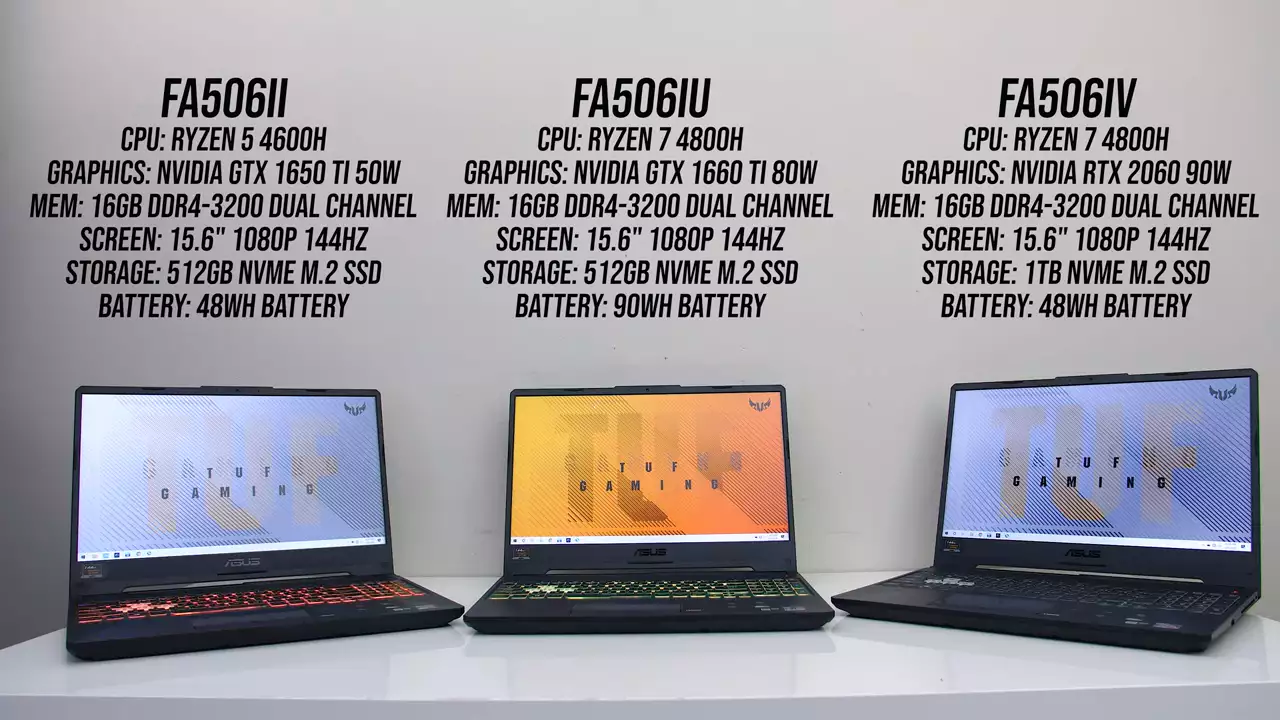 All three laptops have 16gb of memory in dual channel and the same 15.6” 1080p 144Hz panel. They’ve got gigabit network connectivity, WiFi 5 and Bluetooth 5. There’s also 1650 and Ryzen 9 options of TUF A15.
All three laptops have 16gb of memory in dual channel and the same 15.6” 1080p 144Hz panel. They’ve got gigabit network connectivity, WiFi 5 and Bluetooth 5. There’s also 1650 and Ryzen 9 options of TUF A15.
The TUF has a black brushed plastic interior, however there are two designs of lids. 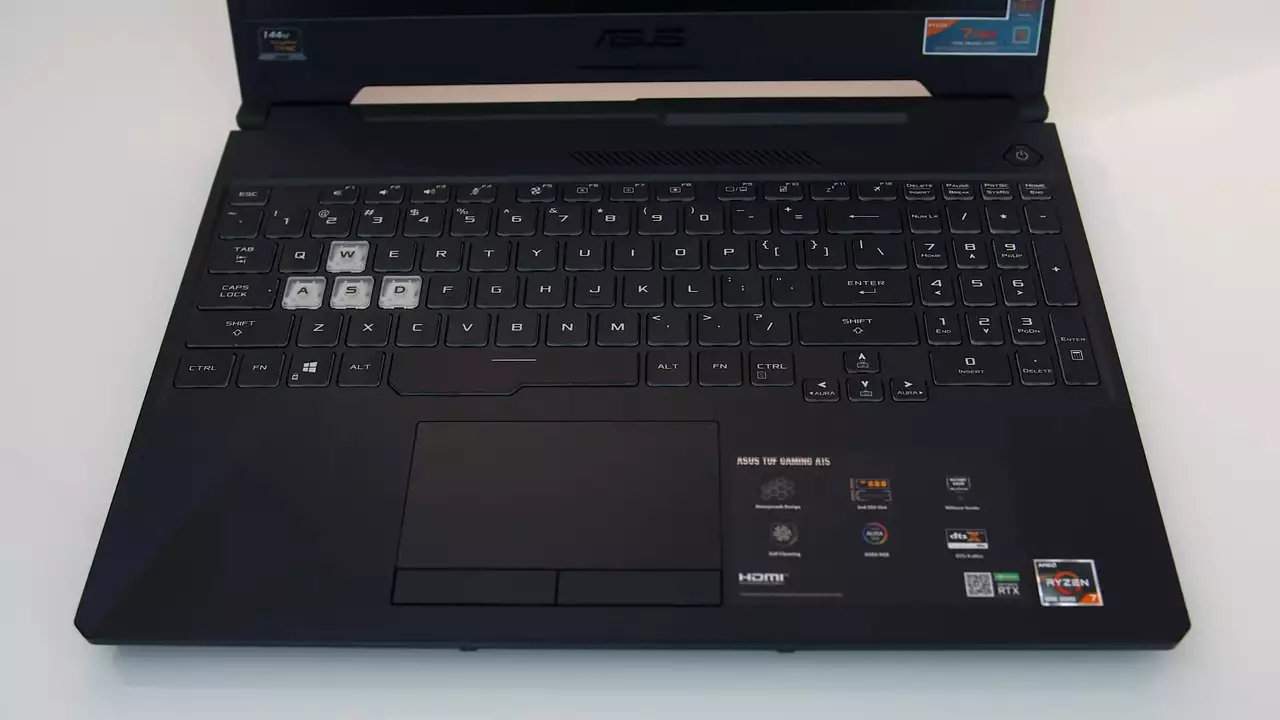 Fortress gray, which is the cleaner metal design, and Bonfire black, which is all plastic similar to the interior with a red trim around the edge.
Fortress gray, which is the cleaner metal design, and Bonfire black, which is all plastic similar to the interior with a red trim around the edge.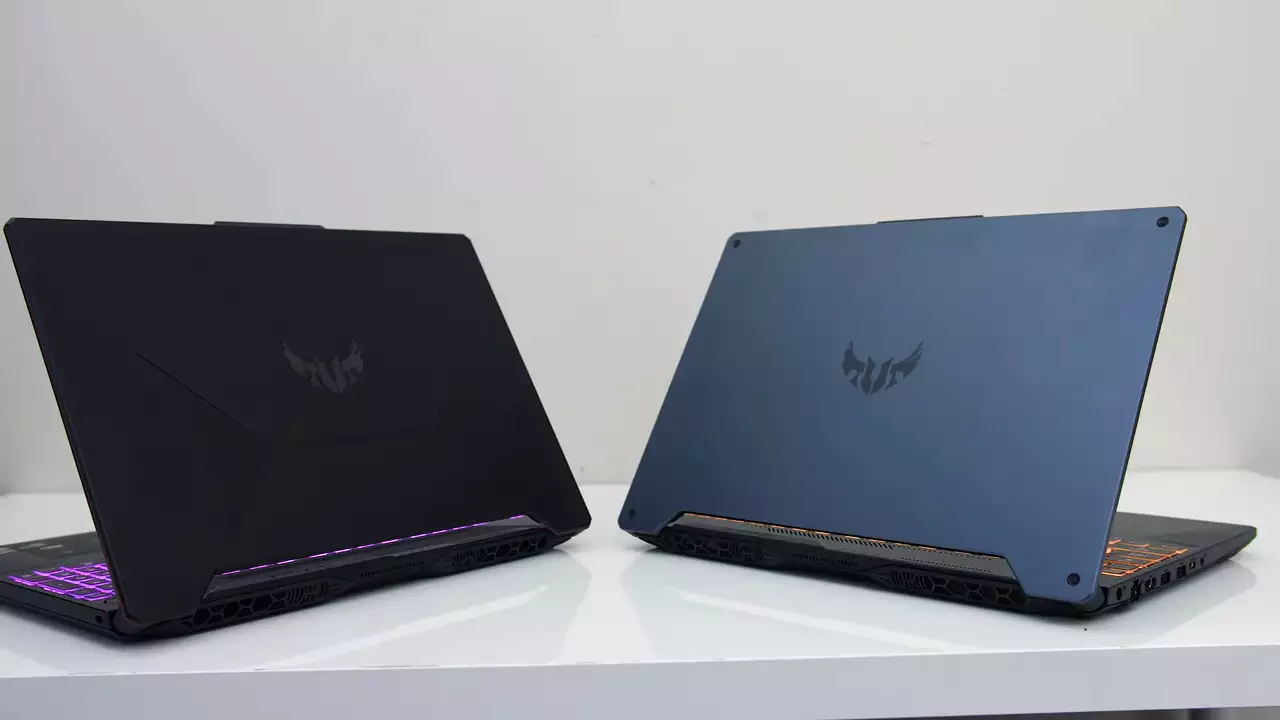 The metal lid feels noticeably nicer while the plastic did make it feel a bit cheaper, however neither version had any sharp edges or corners.
The metal lid feels noticeably nicer while the plastic did make it feel a bit cheaper, however neither version had any sharp edges or corners.
Here’s what the internals look like in all three. 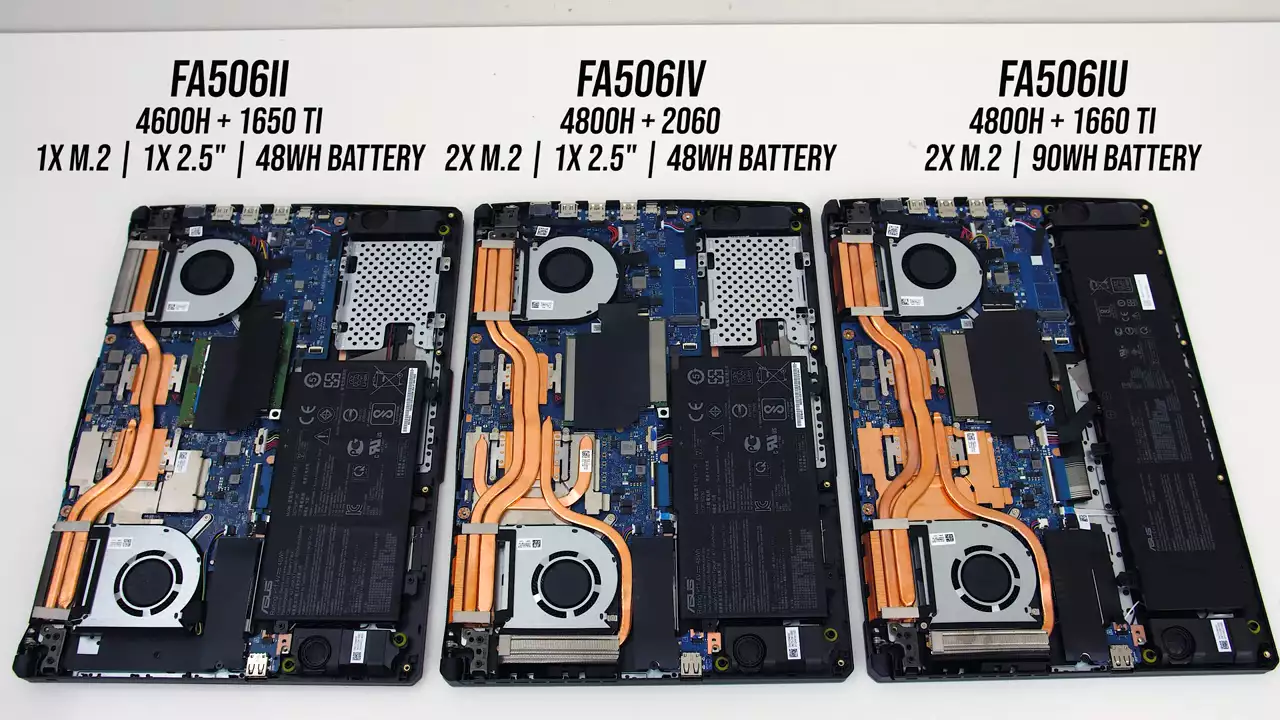 We can see that the Ryzen 5 and 1650 Ti config has less heatpipes and heatsinks, presumably as the lower tier specs don’t require as much cooling, but we’ll test that soon. This model also just has one M.2 slot. The model in the middle has two M.2 slots, while the one on the far right still has two M.2 slots, but instead of the 2.5” drive bay it’s packing a larger 90 watt hour battery, so you’ve got the option of big or small battery at the expense of that drive bay.
We can see that the Ryzen 5 and 1650 Ti config has less heatpipes and heatsinks, presumably as the lower tier specs don’t require as much cooling, but we’ll test that soon. This model also just has one M.2 slot. The model in the middle has two M.2 slots, while the one on the far right still has two M.2 slots, but instead of the 2.5” drive bay it’s packing a larger 90 watt hour battery, so you’ve got the option of big or small battery at the expense of that drive bay.
Speaking of 2.5” drive, none of my laptops came with the cable needed to connect it to the motherboard.
ASUS just lists the weight as 2.3kg, but this will vary based on which model you get, as we just saw the internals differ. The all plastic model weighed the least, probably due to it having less metal heatpipes and heatsinks inside, but also being, well, plastic. The RTX 2060 model weighed the most at almost 3kg when including the power brick, and this is because all three machines have different sized bricks, as specified here. 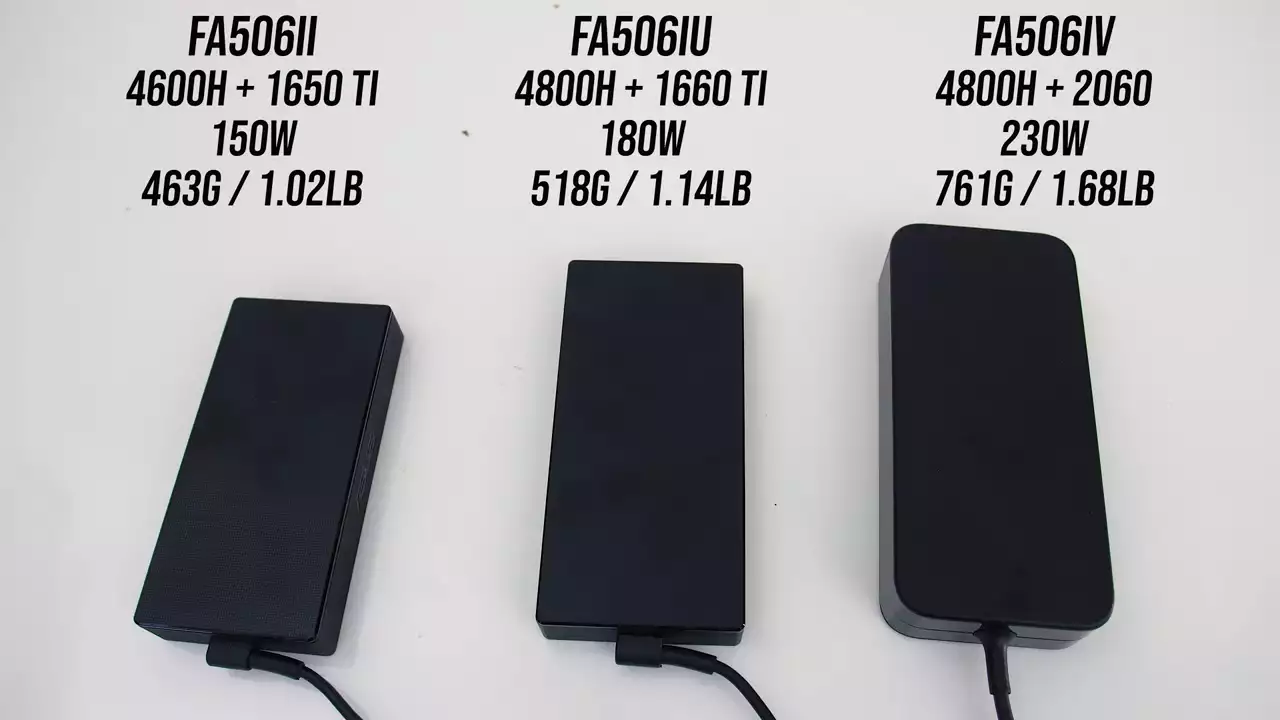 The dimensions are pretty standard for a 15” gaming laptop, the height only varies just slightly based on which lid you get, but it’s so minor I couldn’t really notice it with both side by side.
The dimensions are pretty standard for a 15” gaming laptop, the height only varies just slightly based on which lid you get, but it’s so minor I couldn’t really notice it with both side by side. 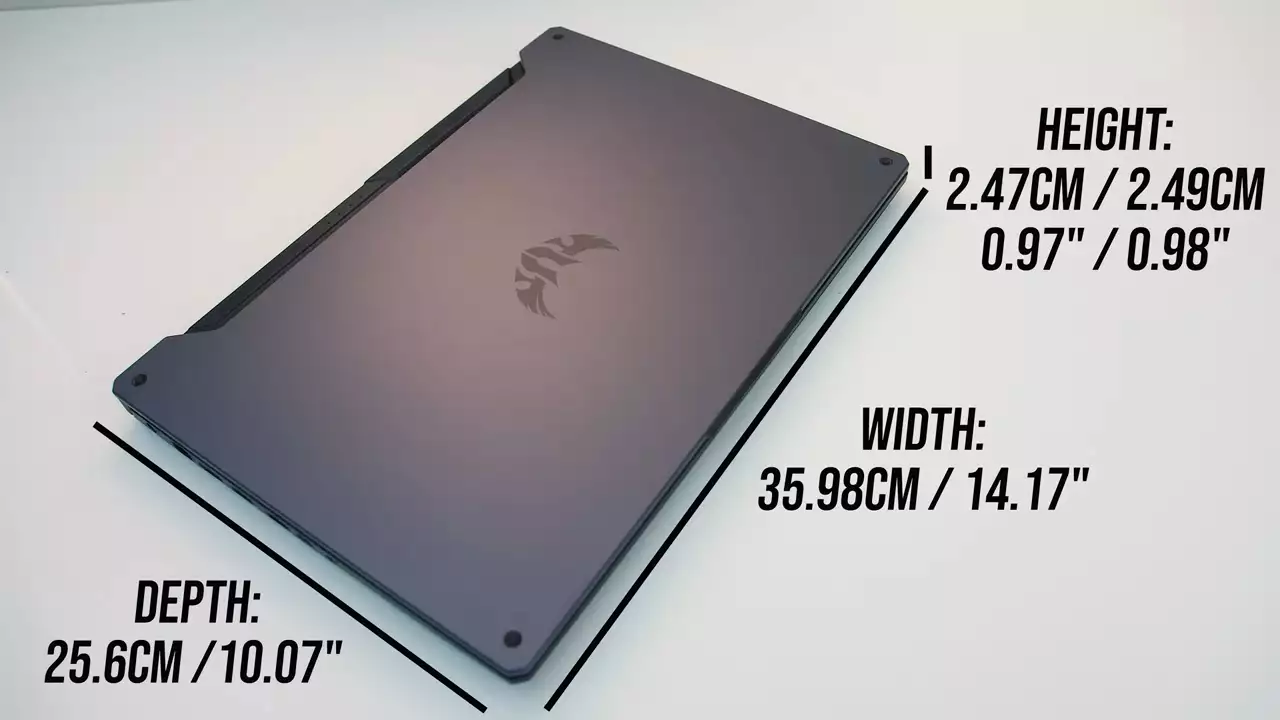 The A15’s screen bezels are on the thinner side at 8.5mm on all models. It’s available with three different screen options, as listed here
The A15’s screen bezels are on the thinner side at 8.5mm on all models. It’s available with three different screen options, as listed here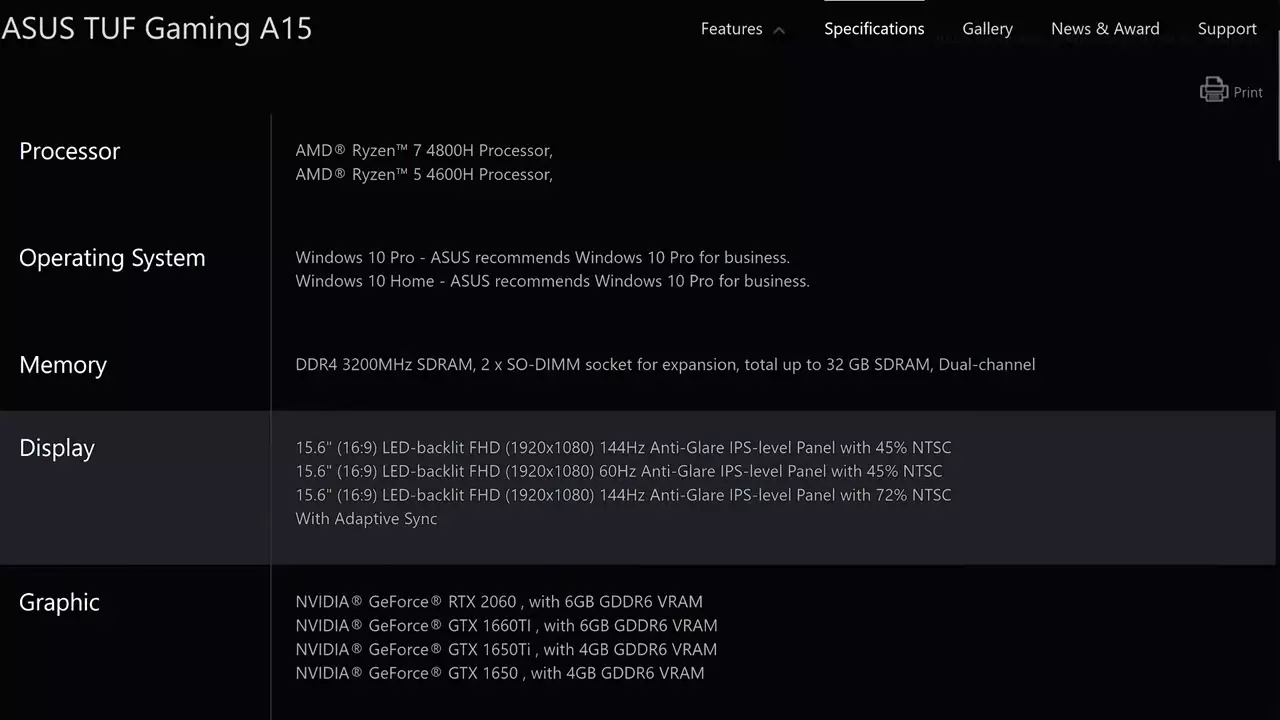 however all three of my models have the same 15.6” 1080p 144Hz screen with the lower colour gamut option, though all options should have FreeSync.
however all three of my models have the same 15.6” 1080p 144Hz screen with the lower colour gamut option, though all options should have FreeSync.
The panels I’ve got here aren’t great. Despite all 3 being the same model, the response times varied slightly, they were between 19ms to 22ms in terms of average grey to grey response times.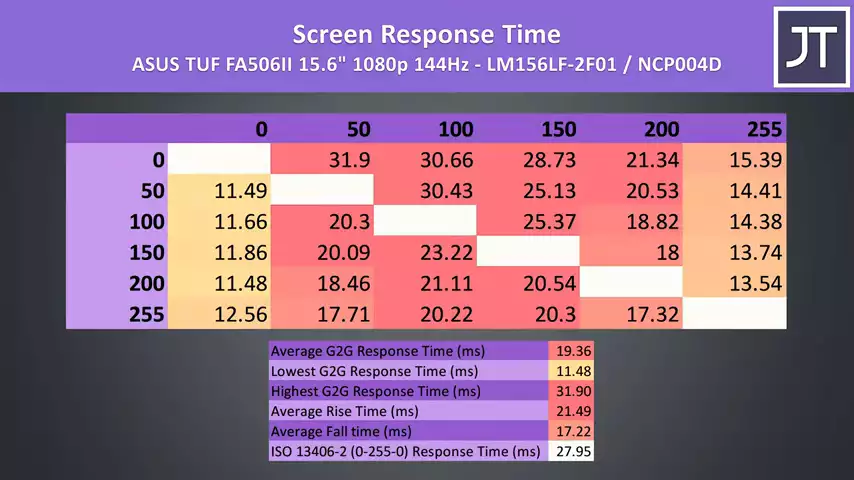 I’ve tested the three panels with the Spyder 5 and got pretty similar results, around 63% of sRGB and 47% of AdobeRGB.
I’ve tested the three panels with the Spyder 5 and got pretty similar results, around 63% of sRGB and 47% of AdobeRGB.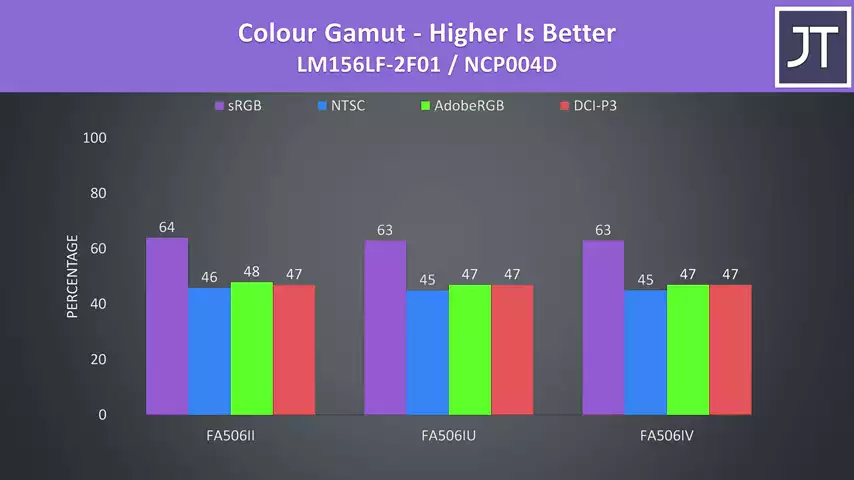 Interestingly the panel brightness varied a fair bit between 245 nits and 285 nits despite them all being the same model, so just goes to show how this can vary.
Interestingly the panel brightness varied a fair bit between 245 nits and 285 nits despite them all being the same model, so just goes to show how this can vary. 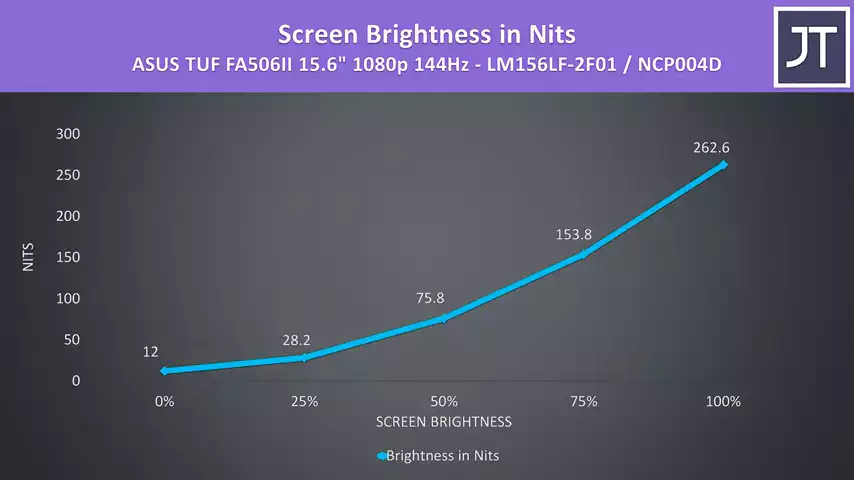
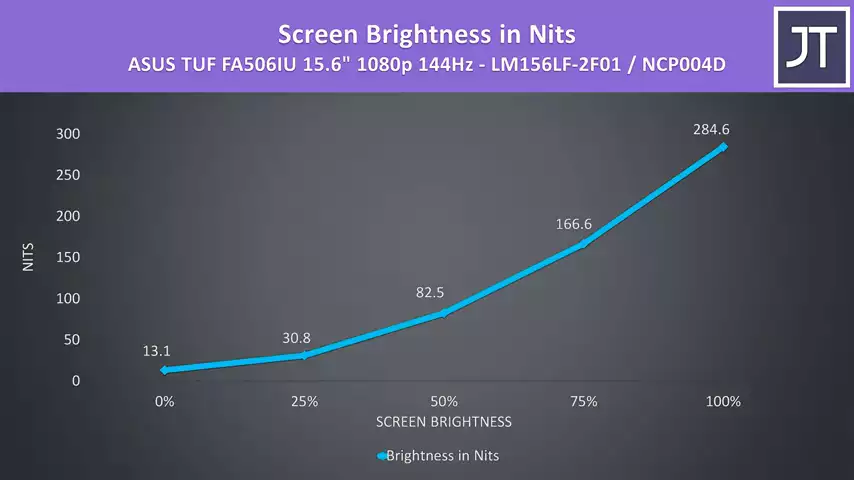
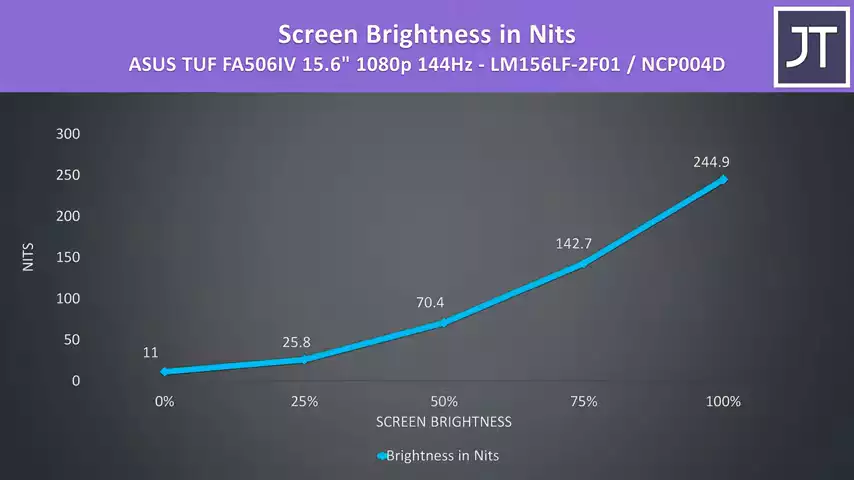 Backlight bleed varies between laptops and panels, even when they’re the same model, but despite how it looks here I never personally noticed it while viewing darker content.
Backlight bleed varies between laptops and panels, even when they’re the same model, but despite how it looks here I never personally noticed it while viewing darker content.  Expect different results to what I’ve shown here with the 60Hz or higher colour gamut 144Hz options.
Expect different results to what I’ve shown here with the 60Hz or higher colour gamut 144Hz options.
While this panel looks ok for gaming, the response time is the worst I’ve tested so far which would result in ghosting, granted I’m not personally sensitive to this so I didn’t really notice it while playing.
Screen flex was about the same with both, though the metal lid did feel a little more sturdy. The hinges have a plastic exterior and seemed ok from my use.
The larger 90wh battery model could be opened up with one finger, while the front was less heavy with the smaller 48wh battery, so it felt a little more back heavy in comparison, though both sat fine on my lap, and adding in a 2.5” drive would change that.
Despite the thinner bezels, the 720p camera is found above the display in the center, no Windows Hello support though. 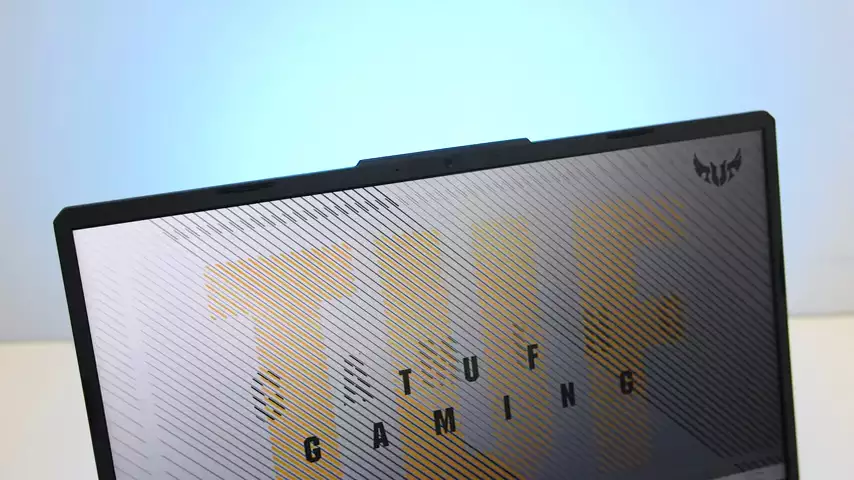 The camera and microphone are pretty average, but I guess better than not having it at all which is the case with many other ASUS laptops like the G14.
The camera and microphone are pretty average, but I guess better than not having it at all which is the case with many other ASUS laptops like the G14.
The chiclet keyboard has a single zone of RGB lighting with a few built in effects, and all keys and secondary key functions are illuminated.  There are three levels of key brightness which can be adjusted by holding the function key and pressing the up and down arrows. Typing with the keyboard was fine, I liked using it with the exception of the small arrow keys, the presses were a little clicky.
There are three levels of key brightness which can be adjusted by holding the function key and pressing the up and down arrows. Typing with the keyboard was fine, I liked using it with the exception of the small arrow keys, the presses were a little clicky.
The power button is above the keyboard and separate, and there’s an air vent just above the keyboard on all models. The status LEDs are also back here too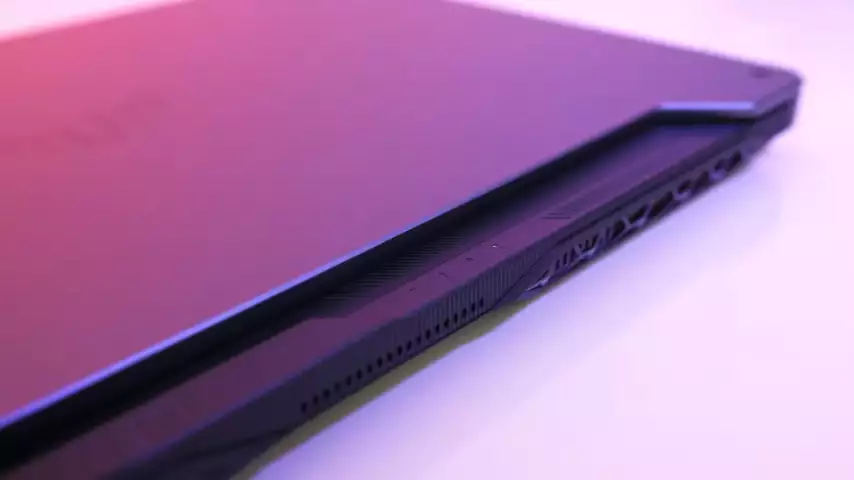 and they are still visible even with the lid closed due to the cut out below the screen, which is meant to help air get to the vent.
and they are still visible even with the lid closed due to the cut out below the screen, which is meant to help air get to the vent.
There was some keyboard flex when pushing down hard, likely owing to the plastic interior present in all models, but I never found this to be noticeable in practice.
The precision touchpad does not click down, it’s instead got physically separate left and right click buttons, it worked well and I thought the size was fair, no problems with it to note.
Fingerprints and dirt show up the black plastic interior as well as the lids. The metal lid was easiest to clean as it’s smooth, the rest could be a little harder as the black plastic has subtle grooves.
The I/O layout is the same on all A15 models, on the left from the back there’s the power input, gigabit ethernet port facing such that it’s easy to remove a cable without lifting up the machine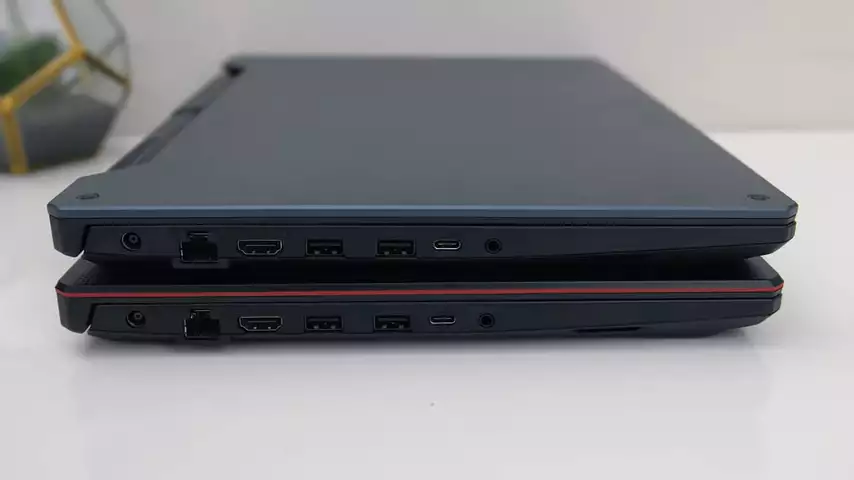 HDMI 2.0b output, two USB 3.2 Gen1 Type-A ports, USB 3.2 Gen2 Type-C port with DisplayPort 1.4 support and 3.5mm audio combo jack.
HDMI 2.0b output, two USB 3.2 Gen1 Type-A ports, USB 3.2 Gen2 Type-C port with DisplayPort 1.4 support and 3.5mm audio combo jack.
On the right from the front there’s just a USB 2.0 Type-A port and Kensington lock towards the back.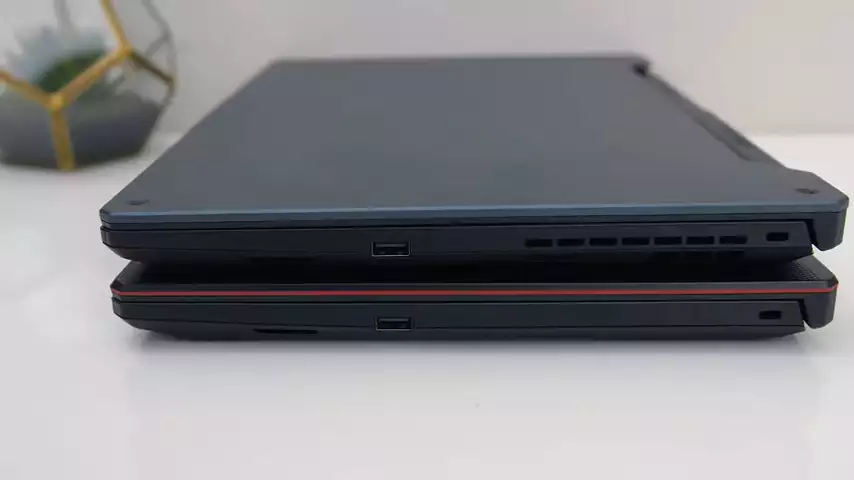 The lower specced model on bottom does not have an air exhaust on the right, but my 2060 and 1660 Ti models with the 4800H did.
The lower specced model on bottom does not have an air exhaust on the right, but my 2060 and 1660 Ti models with the 4800H did.
I confirmed that the HDMI port goes via the Radeon Vega graphics first, however the Type-C port’s DisplayPort is connected directly to the Nvidia GPU, so you can use it for VR or a performance boost with an external screen.
The back just has some air exhausts towards the left and right corners. 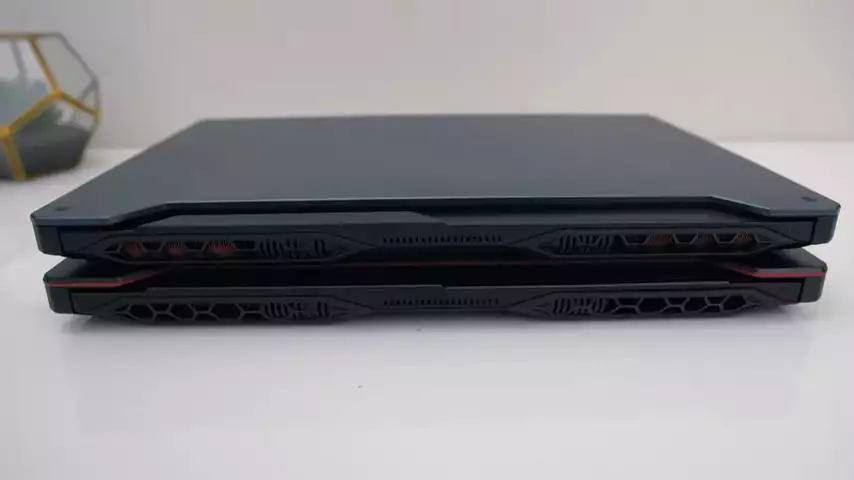 The front has a little extrusion in the center so you can easily get your finger underneath to open the lid.
The front has a little extrusion in the center so you can easily get your finger underneath to open the lid. Underneath just has small air intake vents, though they aren’t directly above the fans, presumably in a move to pull air in over other components, we’ll test thermals soon.
Underneath just has small air intake vents, though they aren’t directly above the fans, presumably in a move to pull air in over other components, we’ll test thermals soon. 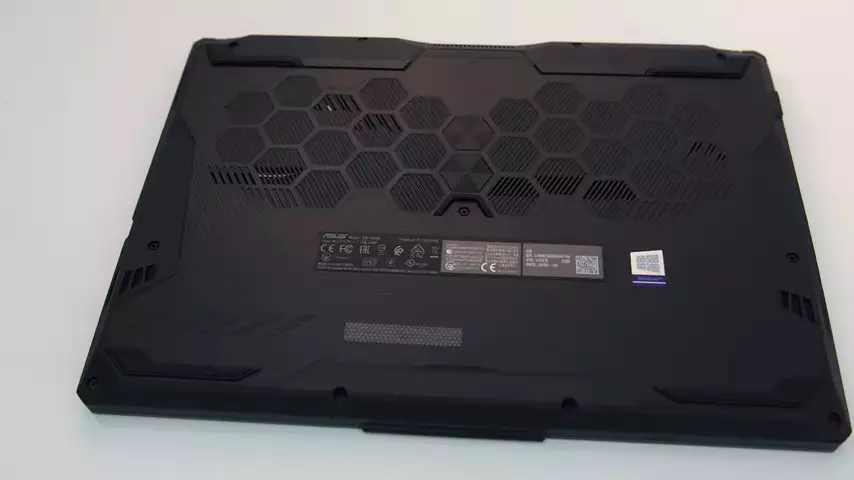 There are 11 phillips head screws to get inside of 3 different sizes, and the one down the front right doesn’t fully remove from the bottom panel and instead lifts it up to make getting inside easier.
There are 11 phillips head screws to get inside of 3 different sizes, and the one down the front right doesn’t fully remove from the bottom panel and instead lifts it up to make getting inside easier.
The speakers can also be seen towards the front on the left and right sides, and there are also holes on the sides for them too.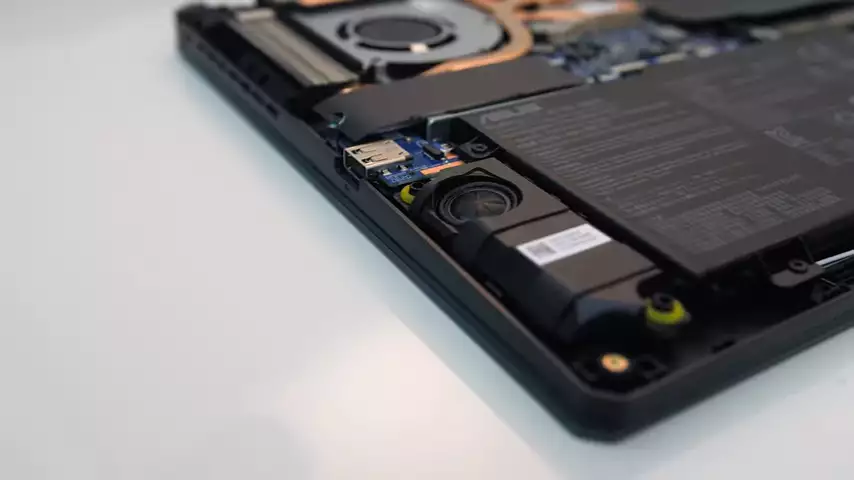 I thought the speakers sounded pretty good, above average for sure with a little bass. They get loud enough at maximum volume, and the latencymon results from all three versions that I tested looked good while being similar.
I thought the speakers sounded pretty good, above average for sure with a little bass. They get loud enough at maximum volume, and the latencymon results from all three versions that I tested looked good while being similar.
As mentioned the A15 is available with either 48wh or 90wh batteries. I’ve tested them with the screen brightness at 50%, background apps disabled and keyboard lighting off.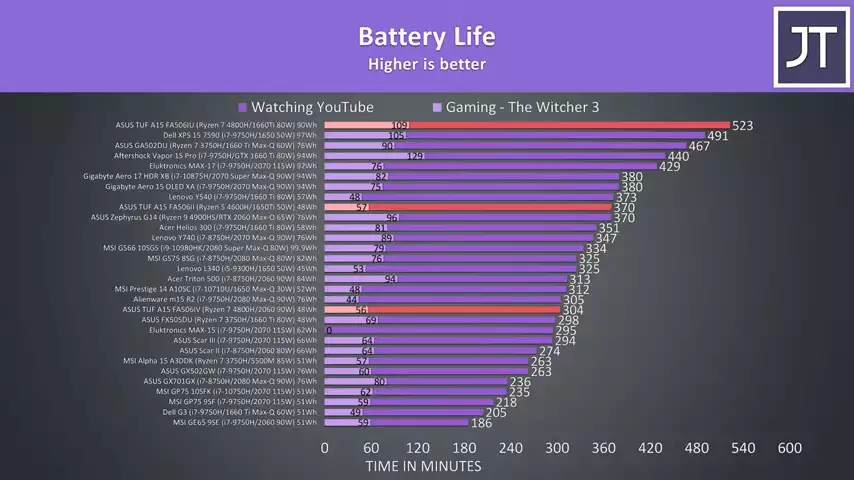 The Ryzen 7 and 2060 config was draining the fastest, while the II model with Ryzen 5 and lower powered 1650 Ti was able to last longer with the same battery, makes sense as it’s got lower specs. The 90wh one at the top though honestly blew me away, sure I’ve had laptops last longer in this test, but they’re not gaming laptops with discrete graphics, almost 9 hours here is quite impressive.
The Ryzen 7 and 2060 config was draining the fastest, while the II model with Ryzen 5 and lower powered 1650 Ti was able to last longer with the same battery, makes sense as it’s got lower specs. The 90wh one at the top though honestly blew me away, sure I’ve had laptops last longer in this test, but they’re not gaming laptops with discrete graphics, almost 9 hours here is quite impressive.
I never saw any battery drain during any of my gaming or stress testing, so the power bricks seem adequate for the specs they’re paired with.
The software experience with the A15 wasn’t great in terms of working out if you need to install updates. There are two locations in the armoury crate software for updates, and one takes you to the microsoft store.
There is also the MyASUS software, it lists all the packages that exist but doesn’t actually tell you what version you’ve got installed which makes the feature far less useful.
Next let’s check out thermals, I’ll just summarise the results here as we’re looking at 3 different models.
The ASUS Armoury Crate software lets you select between three different performance profiles, which from lowest to highest are silent, performance and turbo modes. Turbo mode applies the same overclock to the GPU on all three models that I’ve tested and it’s not possible to use turbo mode on battery power.
As mentioned earlier, the cooling solution inside varies depending on the specs. Thermals were tested with a 21 degree Celsius ambient room temperature. 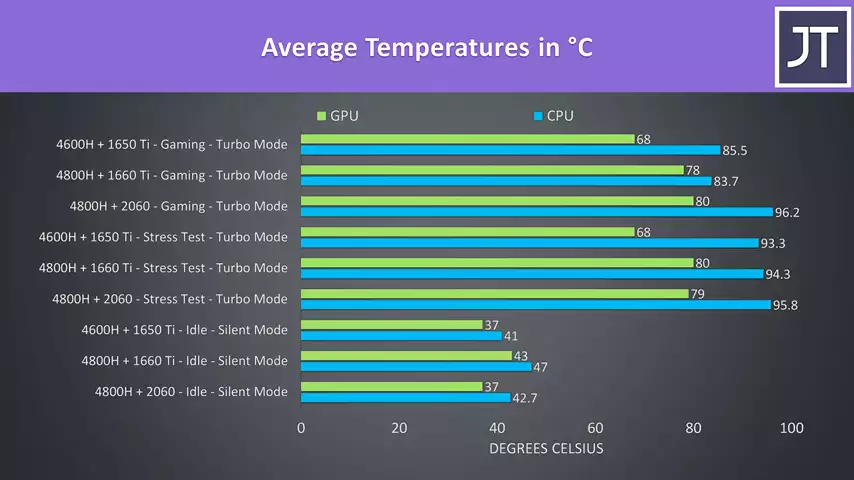 Idle results down the bottom were fine, not sure why the 1660 Ti model was warmest, but either way not an issue. Worst case stress tests were done with the Aida64 CPU stress test with CPU only checked and the Heaven benchmark at max settings at the same time, and gaming was tested with Watch Dogs 2 as I find it to use a good combination of processor and graphics. Under stress test the 1660 Ti and 2060 configs are around the same. The Ryzen 5 one has a similar CPU temperature despite having fewer CPU cores which would be a result of the cooler, when compared to the others it appears to be cut down, though the 1650 Ti was a fair bit cooler due to being a lower 50 watt part. When gaming the 2060 model was easily the hottest, the others weren’t as bad, though this will of course vary based on game and settings.
Idle results down the bottom were fine, not sure why the 1660 Ti model was warmest, but either way not an issue. Worst case stress tests were done with the Aida64 CPU stress test with CPU only checked and the Heaven benchmark at max settings at the same time, and gaming was tested with Watch Dogs 2 as I find it to use a good combination of processor and graphics. Under stress test the 1660 Ti and 2060 configs are around the same. The Ryzen 5 one has a similar CPU temperature despite having fewer CPU cores which would be a result of the cooler, when compared to the others it appears to be cut down, though the 1650 Ti was a fair bit cooler due to being a lower 50 watt part. When gaming the 2060 model was easily the hottest, the others weren’t as bad, though this will of course vary based on game and settings.
These are the clock speeds for these same tests.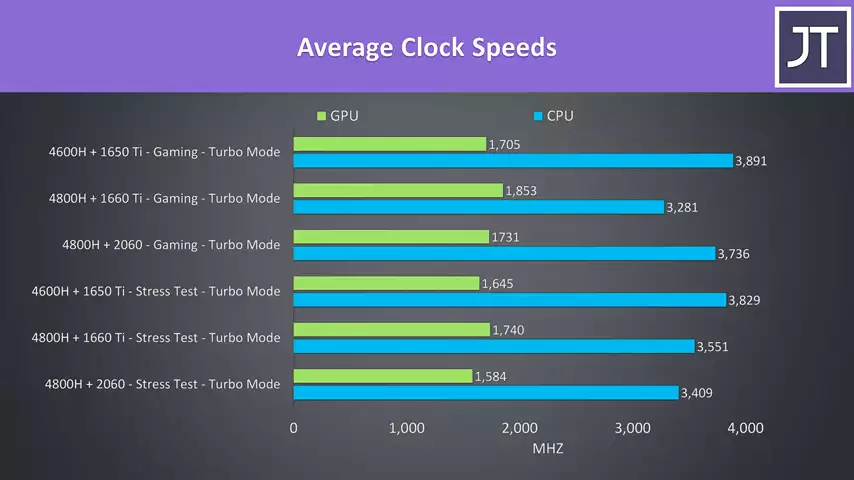 The 4600H system hits the highest processor clock speeds as per the blue bars as it’s got less cores. I found it interesting that the 1660 Ti hit higher clock speeds despite being an 80 watt part versus the 90 watt 2060.
The 4600H system hits the highest processor clock speeds as per the blue bars as it’s got less cores. I found it interesting that the 1660 Ti hit higher clock speeds despite being an 80 watt part versus the 90 watt 2060.
These are the power levels being hit in these same tests.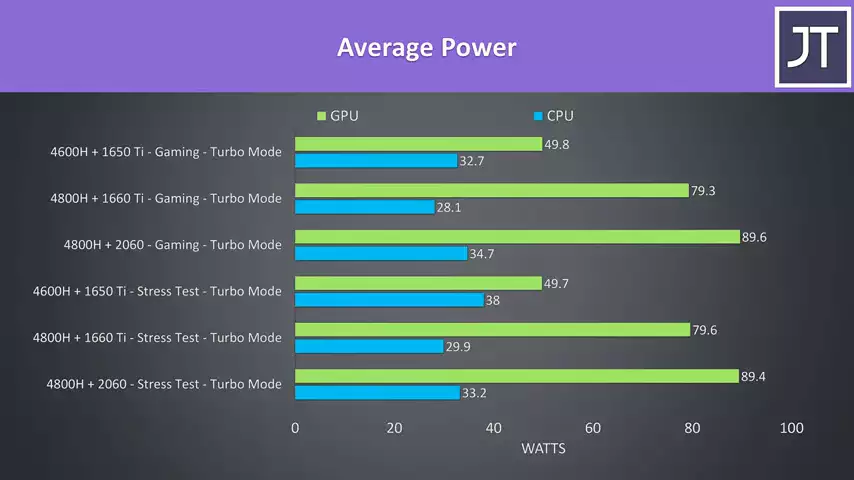 In the stress test it looks like the 4600H is capable of using more power, probably as the GPU doesn’t need as much compared to the higher specced models.
In the stress test it looks like the 4600H is capable of using more power, probably as the GPU doesn’t need as much compared to the higher specced models.
Here’s how these configurations stack up in Cinebench. 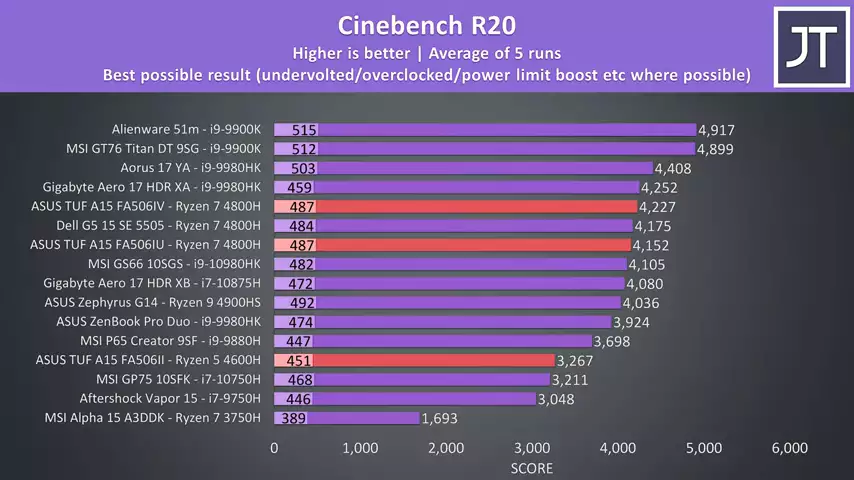 Even the Ryzen 5 4600H is beating an undervolted i7-10750H in this test, well at least in multicore, it’s a bit behind for single core. The 4800H chips are beating many far more expensive Intel i9 based machines though, so this really shows the performance that Ryzen 4000 is capable of, even in these more budget friendly gaming laptops.
Even the Ryzen 5 4600H is beating an undervolted i7-10750H in this test, well at least in multicore, it’s a bit behind for single core. The 4800H chips are beating many far more expensive Intel i9 based machines though, so this really shows the performance that Ryzen 4000 is capable of, even in these more budget friendly gaming laptops.
As for the external temperatures where you’ll actually be putting your hands, all models remained relatively cool to the touch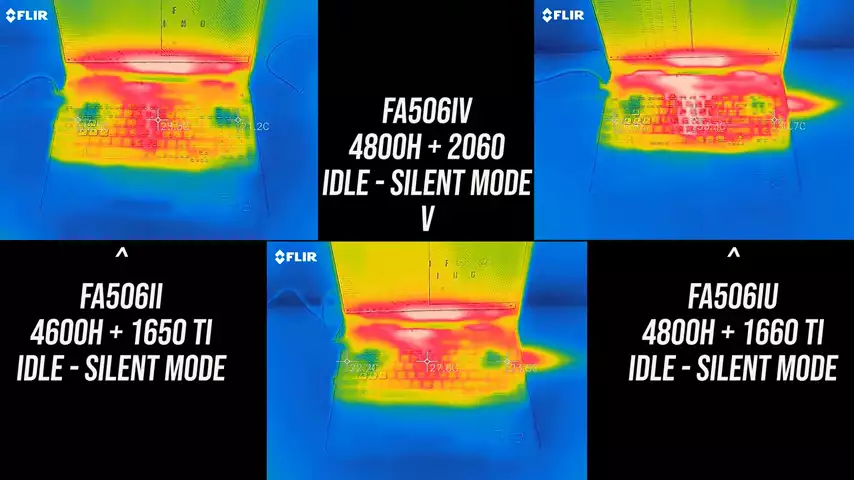 even under heavy load they only got warm at best, at no point did they feel hot, and this would in part be due to the plastic build which should conduct heat less than a metal finish.
even under heavy load they only got warm at best, at no point did they feel hot, and this would in part be due to the plastic build which should conduct heat less than a metal finish. 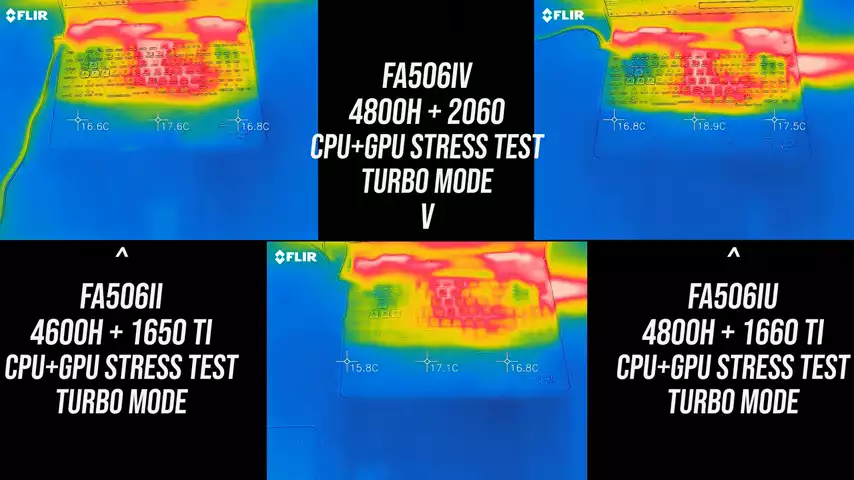 All models were similar when it came to maximum fan speed in turbo mode, and also idled similarly.
All models were similar when it came to maximum fan speed in turbo mode, and also idled similarly.
Next, let’s see how the A15 actually performs in games. I’ve tested all three with turbo mode enabled for best results.
In Battlefield 5 I’ve got the three A15 configurations tested highlighted in red. 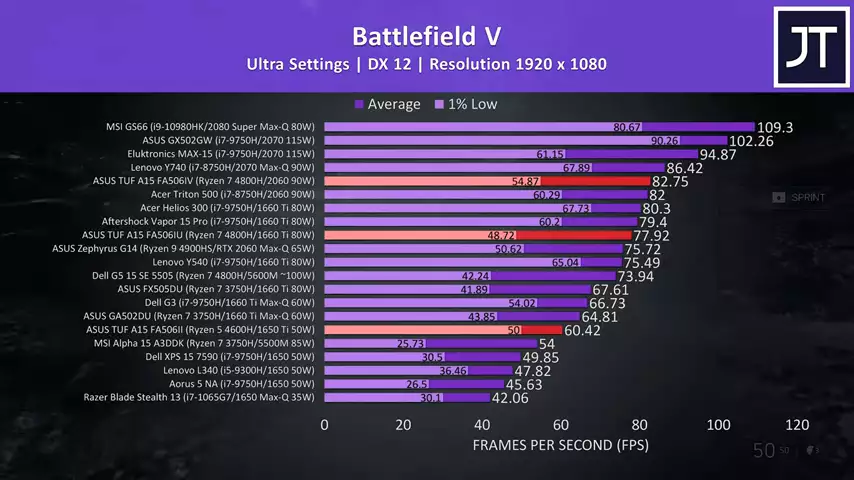
As expected, the RTX 2060 is up the top, GTX 1660 TI in the middle, and GTX 1650 Ti below those two. This is my first time testing the 1650 Ti, but it seems to sit between the 1650 and 1660 Ti as you’d expect. The IU model is performing closely to other 1660 Ti laptops, though lower 1% low performance compared to a few of the Intel i7s.
These are the results from Far Cry 5 with ultra settings in the built in benchmark. 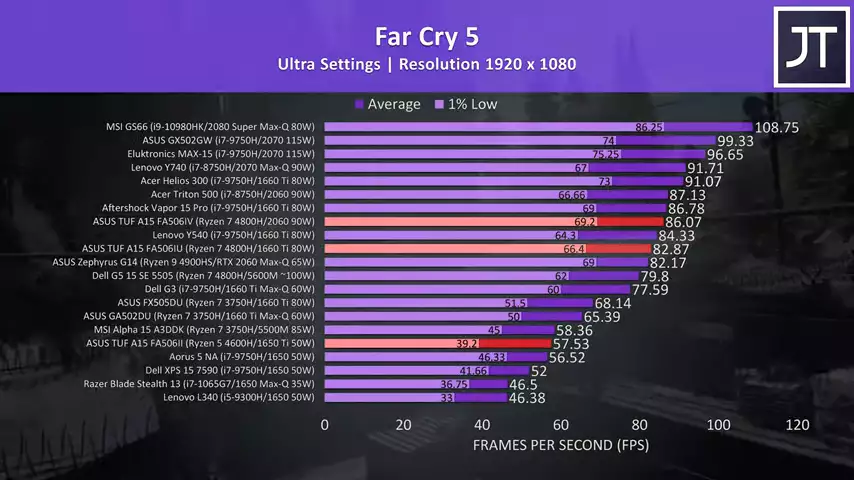 There’s much less of a difference between the 2060 and 1660 Ti config in this test, meanwhile both are doing significantly better when compared to the Ryzen 5 and 1650 Ti combo.
There’s much less of a difference between the 2060 and 1660 Ti config in this test, meanwhile both are doing significantly better when compared to the Ryzen 5 and 1650 Ti combo.
These are the results from Shadow of the Tomb raider with the built in benchmark at highest settings.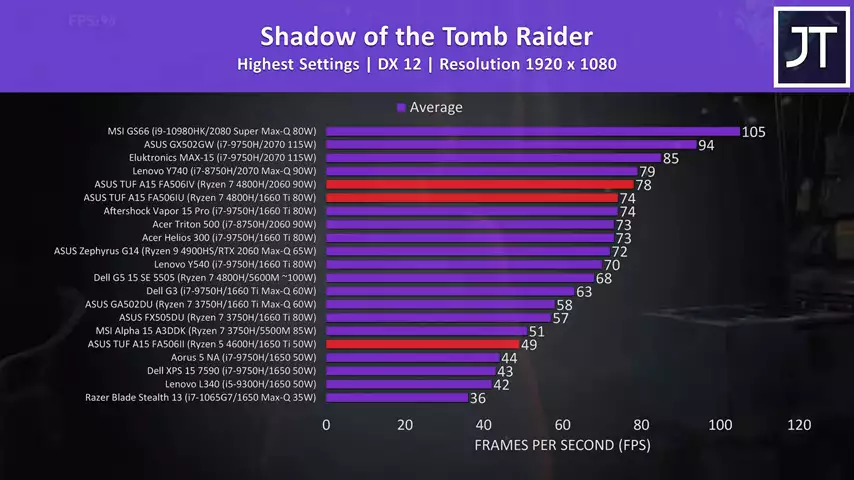 Again the 1660 TI and 2060 configs are very close together in this test and far ahead of the 1650 Ti. This is more of a GPU heavy test, so just goes to show how much slower the 50 watt 1650 Ti is in comparison.
Again the 1660 TI and 2060 configs are very close together in this test and far ahead of the 1650 Ti. This is more of a GPU heavy test, so just goes to show how much slower the 50 watt 1650 Ti is in comparison.
Overall the gaming performance with the 1660 Ti and 2060 models were quite good, as you just saw the 1650 Ti model is a fair bit below, at least at higher settings, so just depends what sort of performance level you’re targeting and how much you’re willing to spend, either way there are plenty of hardware options.
I’ve used Adobe Premiere to export one video at 4K, however due to the recent 14.2 update which adds NVENC support I’ve had to throw away my previous testing data and start again. 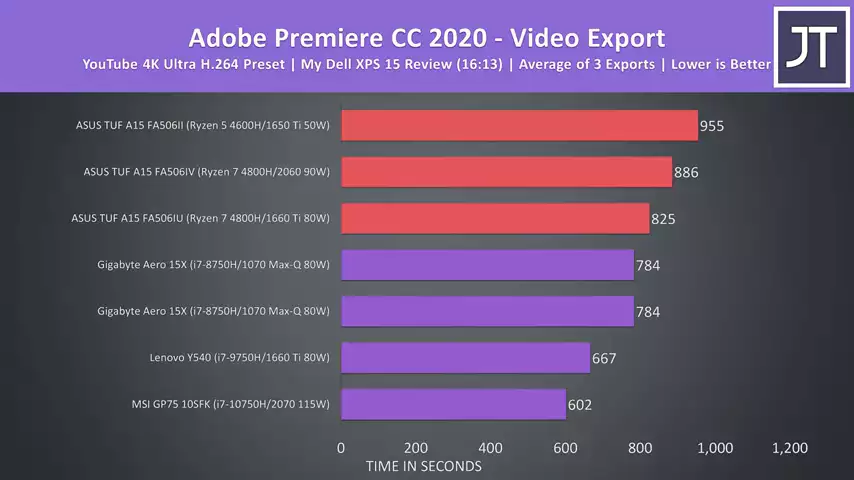 I’m not really sure why the 1660 Ti laptop was faster than the 2060, but that was consistent.
I’m not really sure why the 1660 Ti laptop was faster than the 2060, but that was consistent.
I’ve also started using the Puget systems benchmark for Davinci Resolve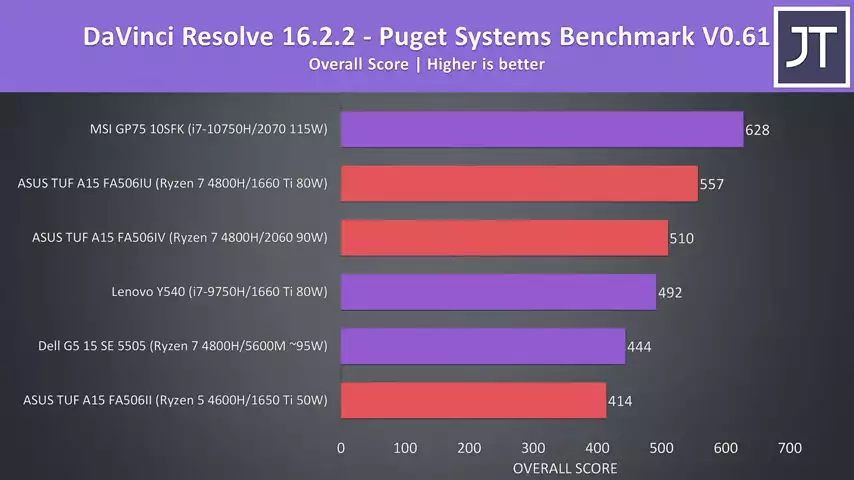 Adobe Photoshop
Adobe Photoshop 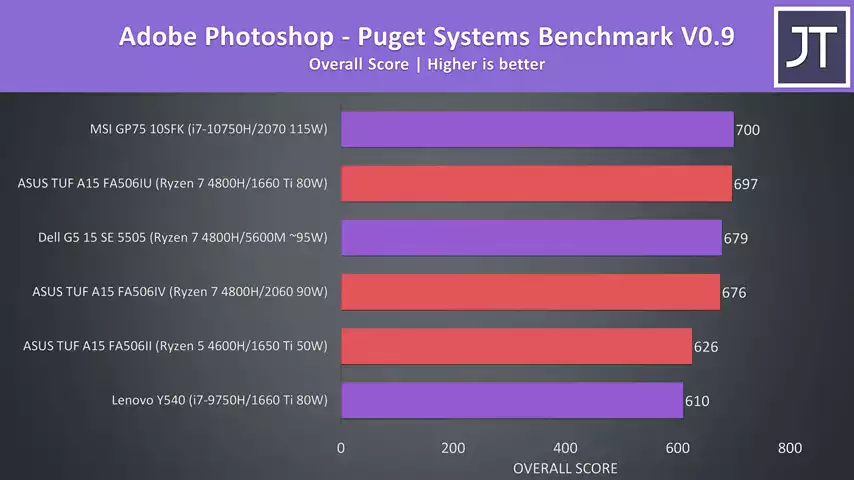 and Premiere
and Premiere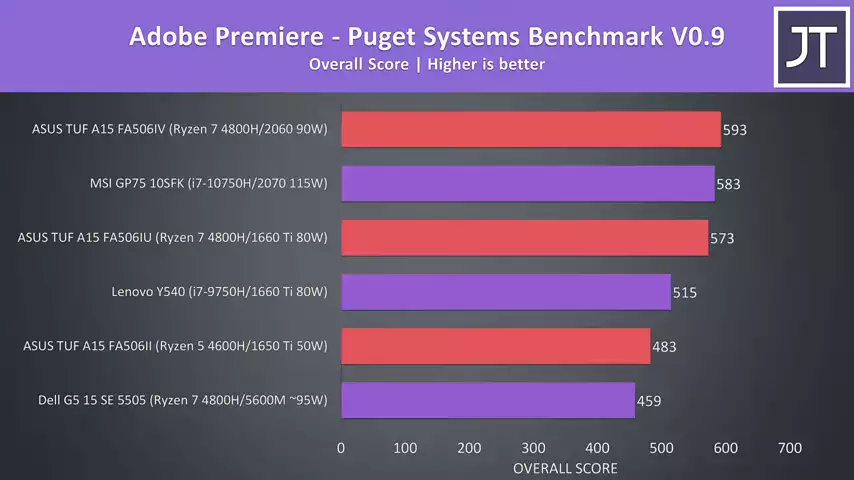 Now for the benchmarking tools, I’ve tested Heaven
Now for the benchmarking tools, I’ve tested Heaven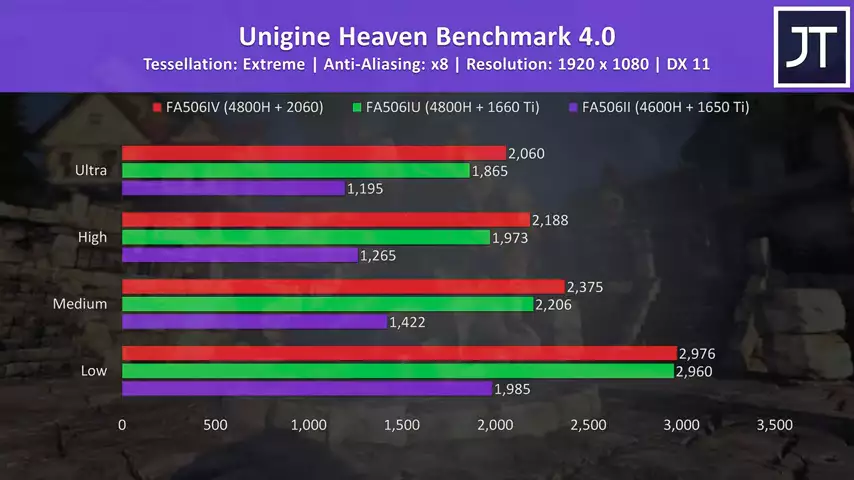 Valley
Valley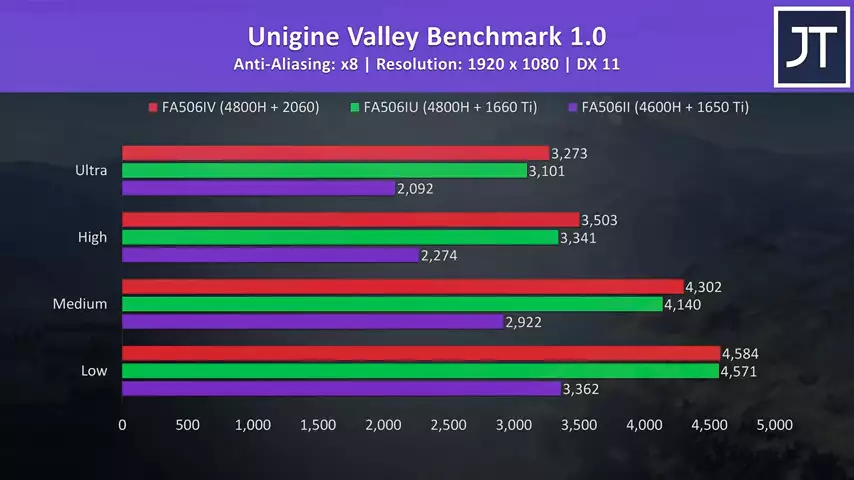 and Superposition from Unigine
and Superposition from Unigine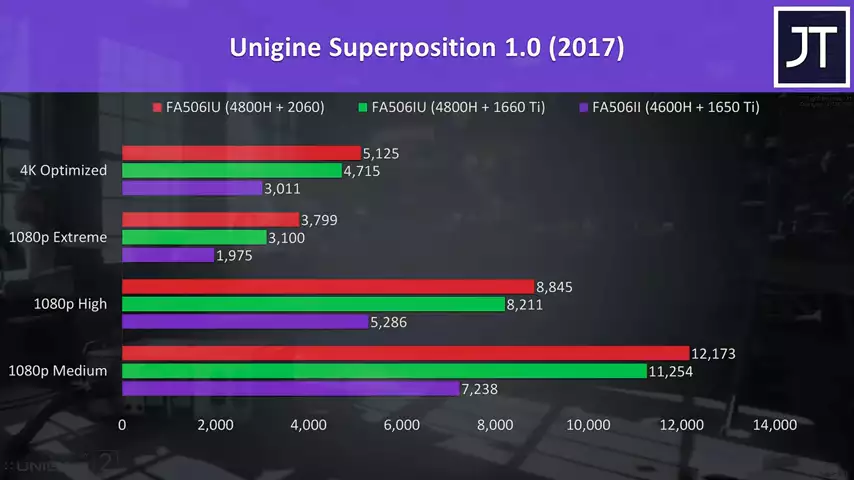 I’ve used the OpenVR benchmark to test the HTC Vive Cosmos Elite
I’ve used the OpenVR benchmark to test the HTC Vive Cosmos Elite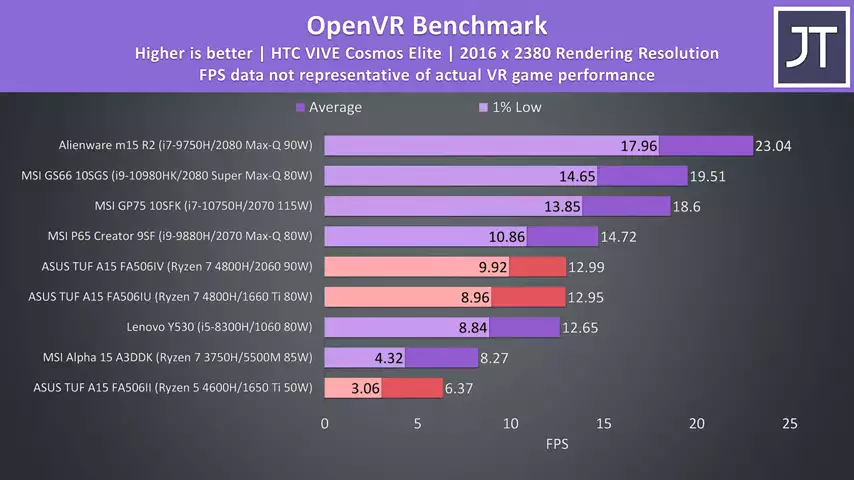 and the three A15’s were sitting about where I expected. I wouldn’t expect the 1650 Ti option or below to give a playable experience, as the Alpha 15 above it was super laggy in half life alyx, but the 1660 Ti and 2060 ones should be good to go, though interestingly the performance wasn’t much above the worse 1060 in the Y530.
and the three A15’s were sitting about where I expected. I wouldn’t expect the 1650 Ti option or below to give a playable experience, as the Alpha 15 above it was super laggy in half life alyx, but the 1660 Ti and 2060 ones should be good to go, though interestingly the performance wasn’t much above the worse 1060 in the Y530.
I’ve also got the results from specviewperf, which is used to test various professional 3D workloads, and as expected, better GPU equals better score.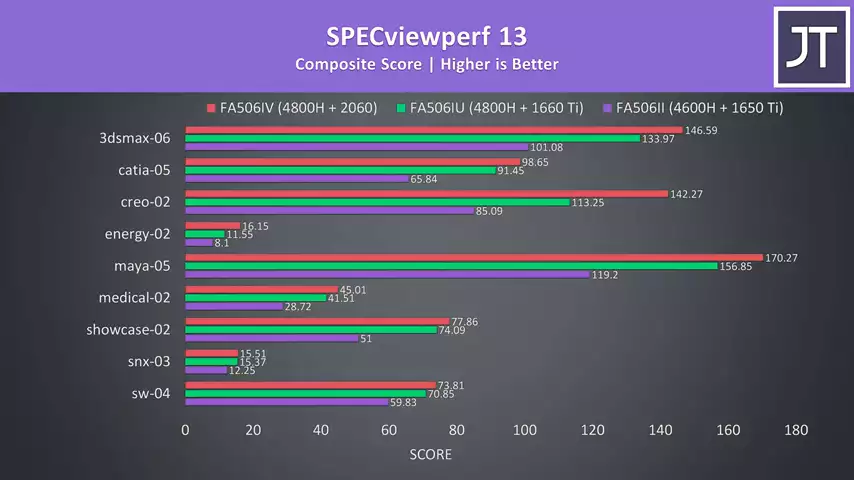 I’ve used Crystal Disk Mark to test the storage. All three had NVMe M.2 SSDs, the II and IU models had the same 512GB Kingston drive, while the 1TB in the IV model had slightly lower read speeds but much better writes.
I’ve used Crystal Disk Mark to test the storage. All three had NVMe M.2 SSDs, the II and IU models had the same 512GB Kingston drive, while the 1TB in the IV model had slightly lower read speeds but much better writes.  In the US the 4800H with 1660 Ti goes for $1000 USD, while the 2060 config is $300 extra, granted it does also have a larger SSD, and both have the large 90Wh battery. I don’t see pricing on the 1650 or 1650 Ti models at this time, but I’ll update links in the description when available. Here’s what we’re currently looking at in terms of AUD here in Australia.
In the US the 4800H with 1660 Ti goes for $1000 USD, while the 2060 config is $300 extra, granted it does also have a larger SSD, and both have the large 90Wh battery. I don’t see pricing on the 1650 or 1650 Ti models at this time, but I’ll update links in the description when available. Here’s what we’re currently looking at in terms of AUD here in Australia.
With all of that in mind let’s conclude by summarising the good and bad aspects of the ASUS TUF A15 gaming laptop. Overall I think the prices are quite competitive in terms of the hardware inside that you’re getting. $1000 USD for a 1660 Ti gaming laptop is quite standard now, and the Ryzen 7 4800H destroys the Intel i7 options available at this price point in multicore workloads, though the gaming results see far less of a difference, but that will still be beneficial for other workloads. Spending $300 extra for the 2060 doesn’t really seem worth it based on the extra performance in most tests, plus that one was often hotter too.
It’s great that we’ve got the option of not having the 2.5” drive bay if you instead want the larger 90wh battery, I wish all laptop companies gave the user the choice of deciding if they want more space or more battery rather than being forced one way or the other. With the 90Wh battery the A15 was able to last the longest out of all gaming laptops I’ve tested so far.
The internals also differ a bit between the models, for instance my lower specced Ryzen 5 with 1650 Ti just had one M.2 slot while the others had two. The lower specced version also had fewer heatpipes and heatsinks with no exhaust vent on the side. As a result this does mean the lower spec models weigh less, and this is also due to varying sizes of power bricks.
The thermals weren’t too bad with the lower hardware, but I think it still could have been good to have the option of the larger cooler for those that prefer better thermals, this would increase price though.
Overall the A15 runs hot when under heavy loads, especially the higher the specs. This is seemingly due to the lack of air intake vents on the bottom panels. ASUS say this is so that air comes in over the rest of the components, and to be fair the chassis itself didn’t feel hot to the touch even under extreme stress tests, the sacrifice though is the internal core temps of the CPU and GPU. Despite running hot though, the performance is still there, and these machines do perform quite well for the money.
The speakers were also pretty good and above average compared to most other gaming laptops. The touchpad and keyboard were fine, well apart from the smaller arrow keys which I’m not a fan of.
It was nice that most of the I/O is on the left as the majority of people are right handed, and the port selection seemed decent, though I’m still waiting for the day when we don’t see USB 2.0 anymore.
A major downside is the screen, at least the 144Hz panels that my three had have around 20ms response times, low colour gamuts, and although brightness varied despite being the same model of panel, all were under the 300 nits or so I’d like to see. While I didn’t personally have any issues gaming on these laptops, people more sensitive to this and playing competitive esports titles will probably want to look elsewhere.
At the end of the day the A15 has some great positives like the CPU and GPU power, battery life and speakers for the price point, however there are also important negatives to consider. It’s up to you to decide if you can deal with the issues, which are mostly the high internal temperatures and slower screen.
If you’re just gaming, the Acer Helios 300 with i7 and 1660 Ti will still perform quite well while running cooler and with a better screen, the price point is similar when on sale too, but if you also need the power of Ryzen 4000 then the A15 could be worth the compromise - at least until I test out some better AMD based machines, stay tuned for that. Let me know what you thought about the ASUS TUF A15 gaming laptop down in the comments.
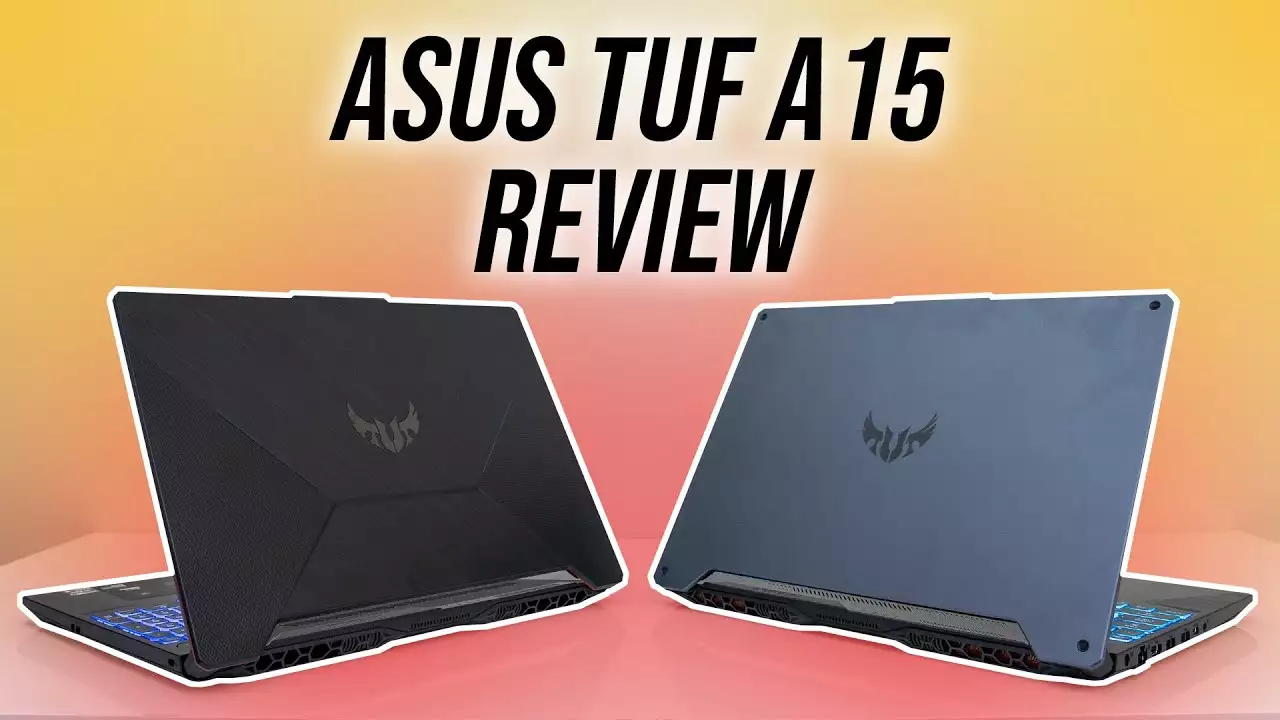

No comments yet